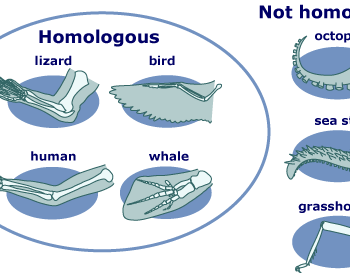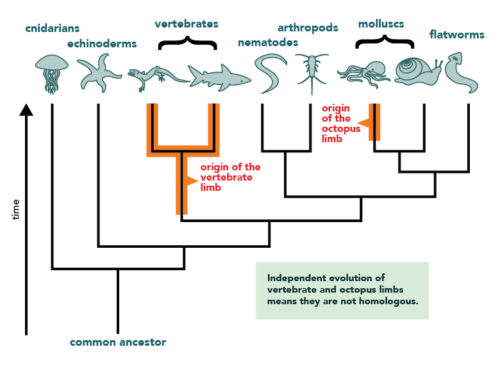Image Caption
This tree shows how the octopus is related to tetrapods, and the points in their evolutionary histories when their limbs evolved. Tetrapod and octopus limbs evolved independently after their point of common ancestry, so they were not inherited from a common ancestor. Therefore, they are not homologous. The same is true of the grasshopper leg and the sea star arm.
Image use policy: For non-commercial, educational purposes, this image may be used with a Creative Commons CC BY-NC-SA 4.0 license. Please credit as follows: © University of California Museum of Paleontology, Understanding Evolution, www.understandingevolution.org
See where this image appears on the Understanding Evolution website »
This image is part of a series:
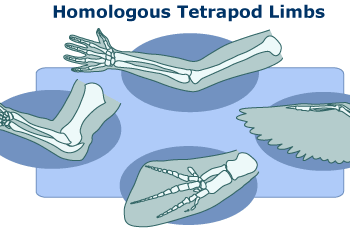
Homologous tetrapod limbs (1 of 6)
These four limbs all belong to tetrapods — animals with four legs.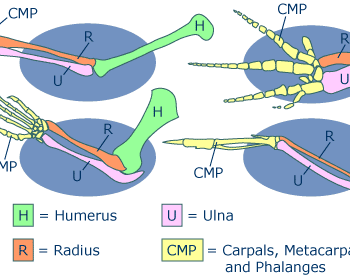
Homologous tetrapod limbs (2 of 6)
Notice how these tetrapod limbs are similar to one another: They are all built from many individual bones. They are all spin-offs of the same basic bone layout: one long…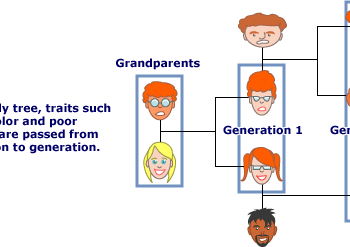
Homologous tetrapod limbs (3 of 6)
Whales, lizards, humans, and birds all have the same basic limb layout. But how did such different animals wind up with the same sort of limb? The answer is that…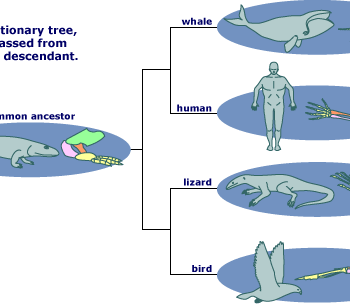
Homologous tetrapod limbs (4 of 6)
This evolutionary tree shows the relationships between different tetrapod lineages, all of which evolved from a single common ancestor. This 350 million year old animal, the first tetrapod, had limbs…